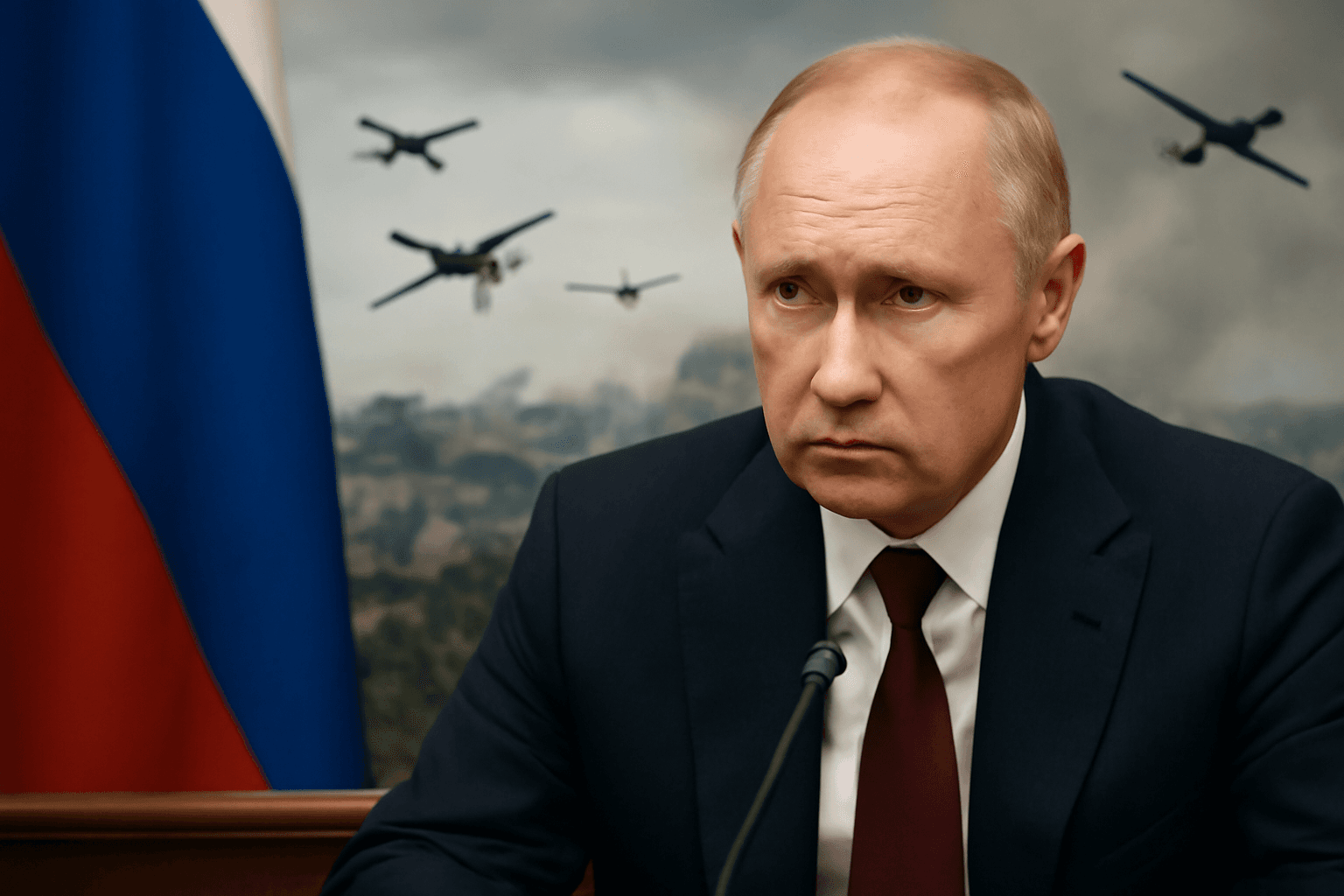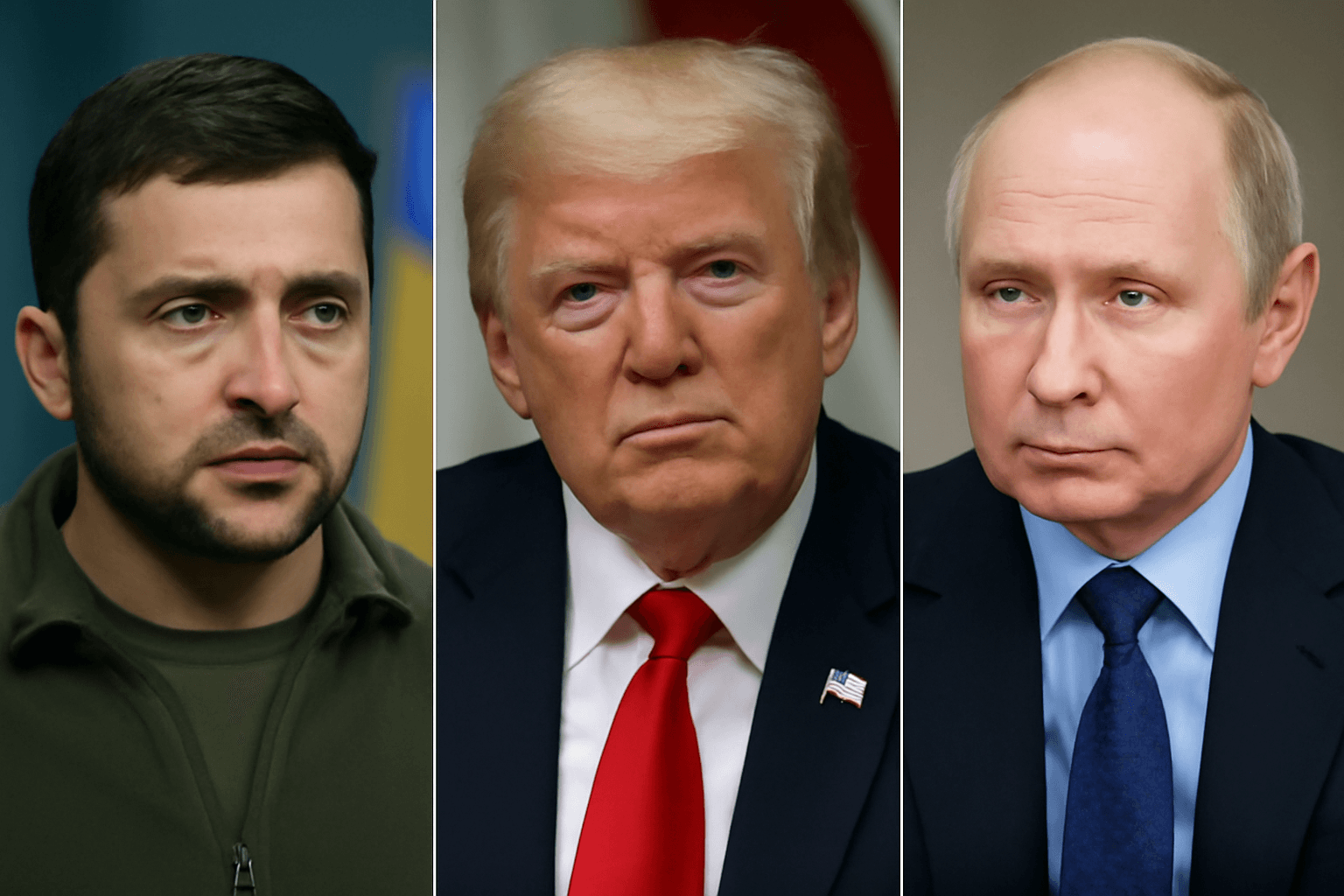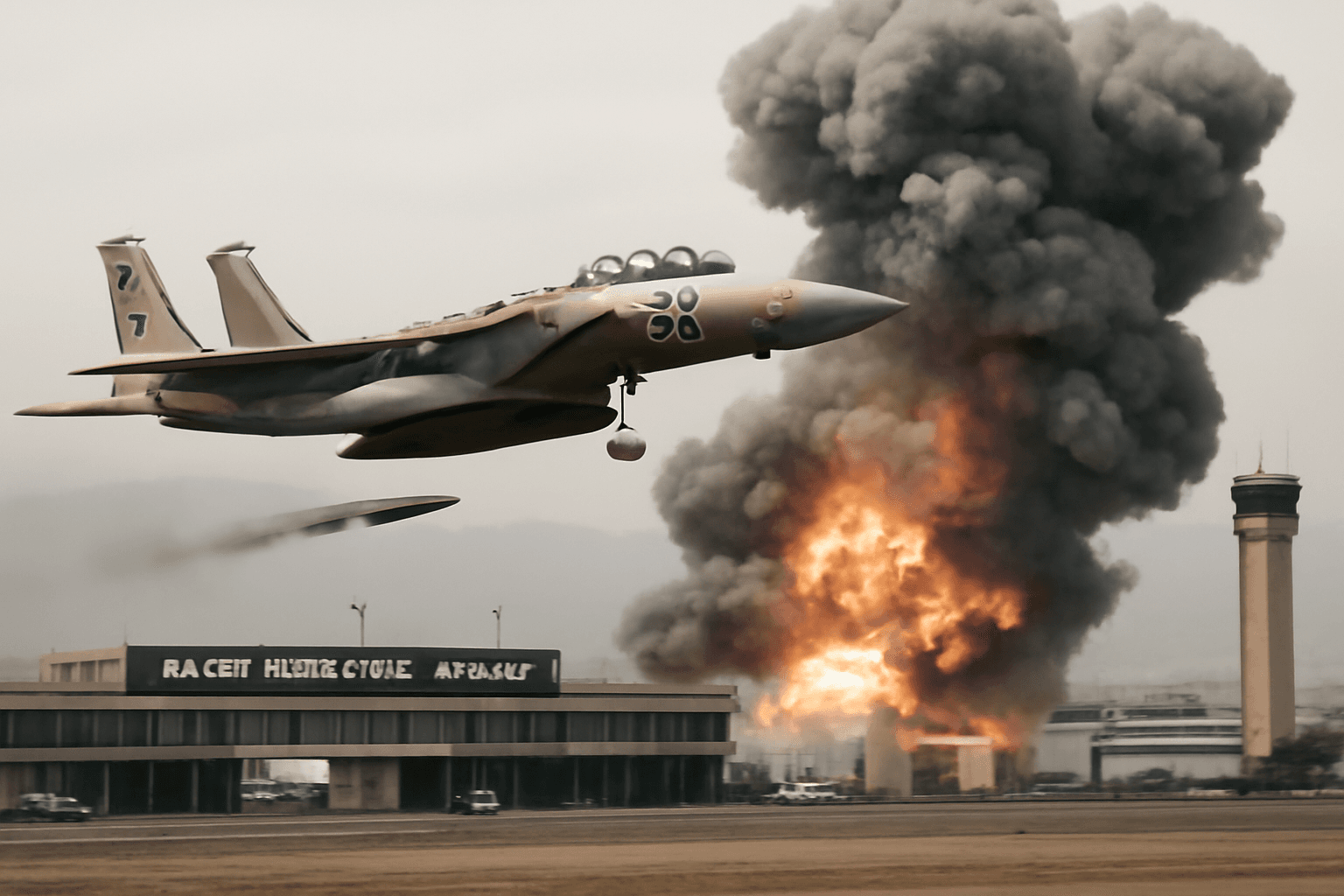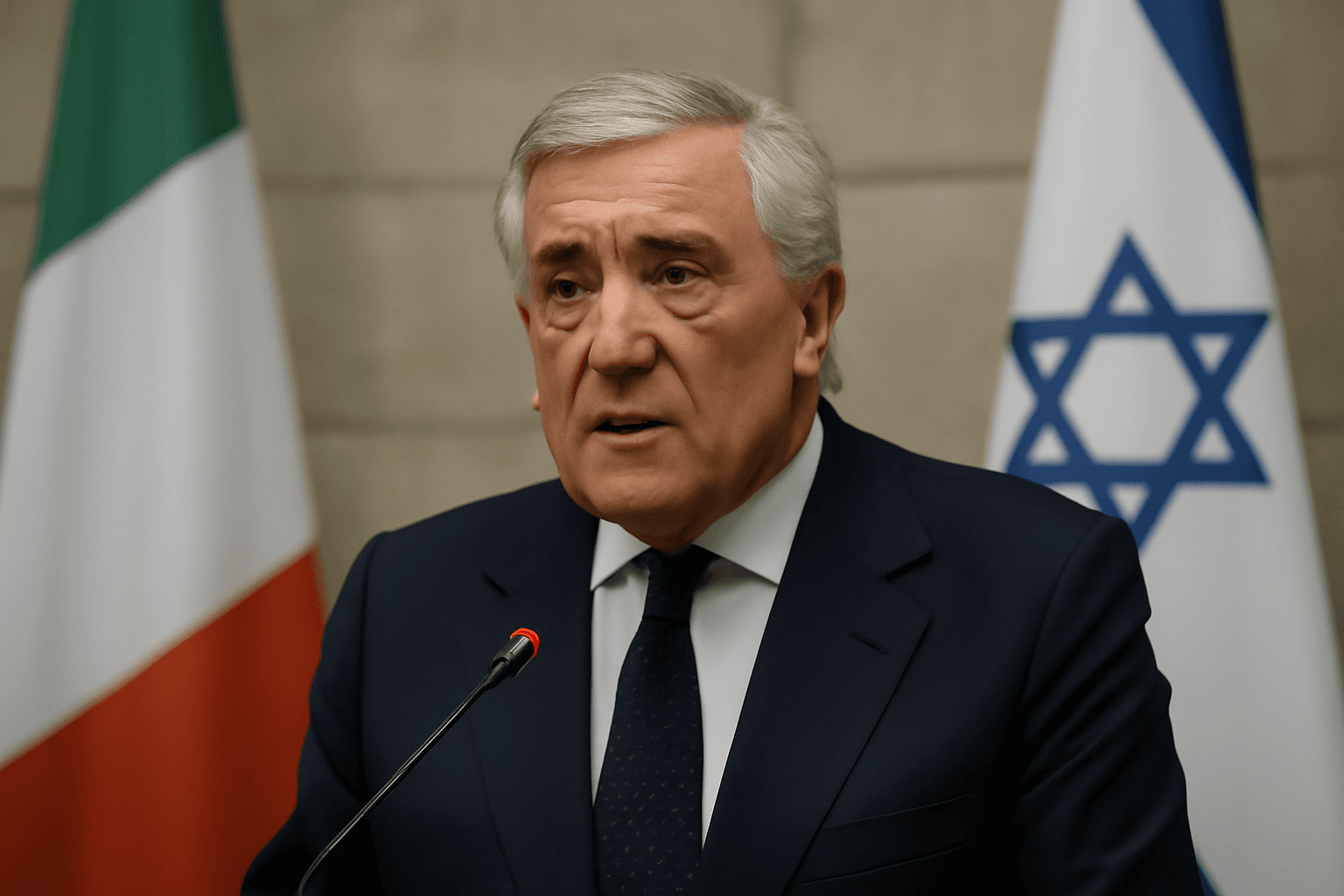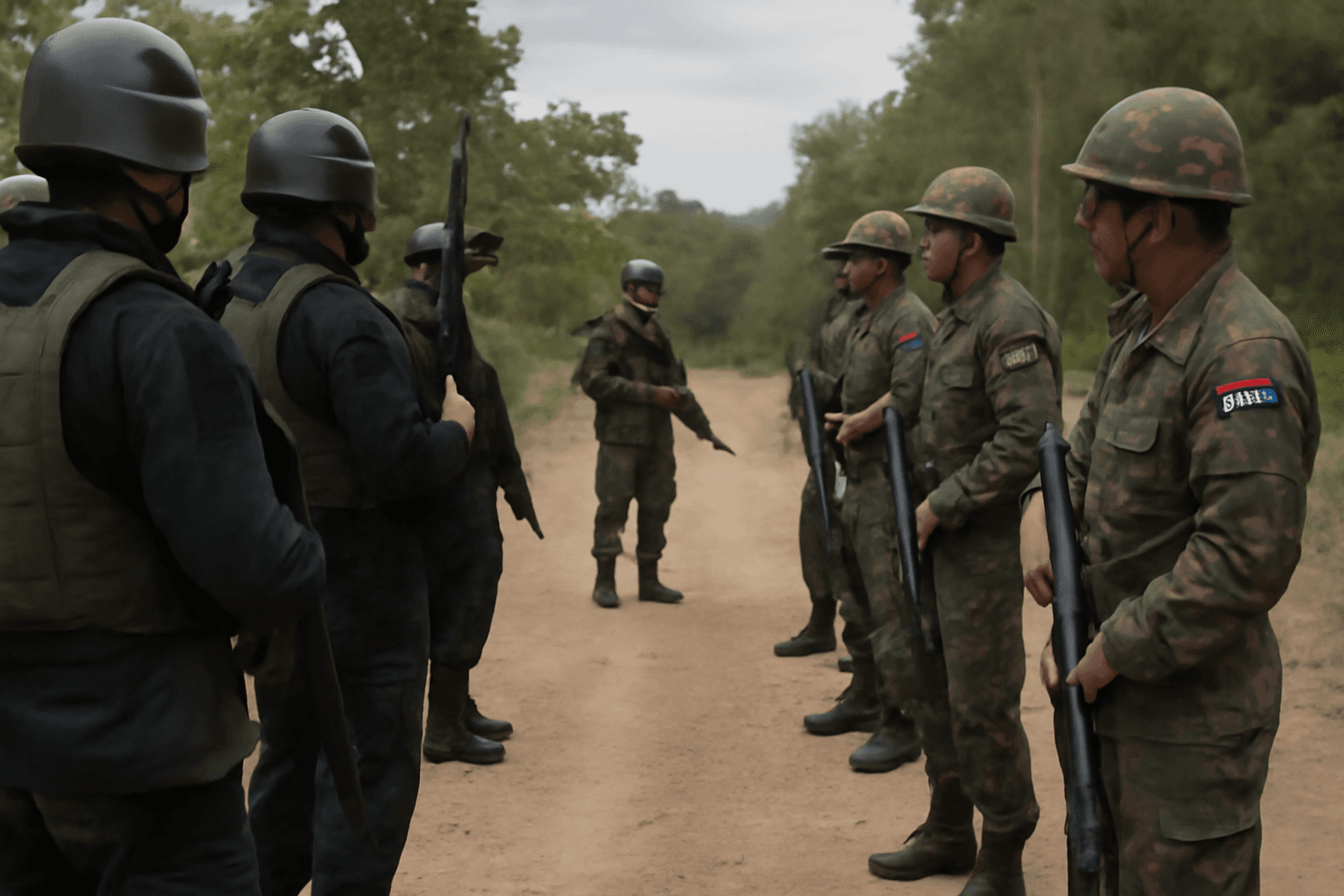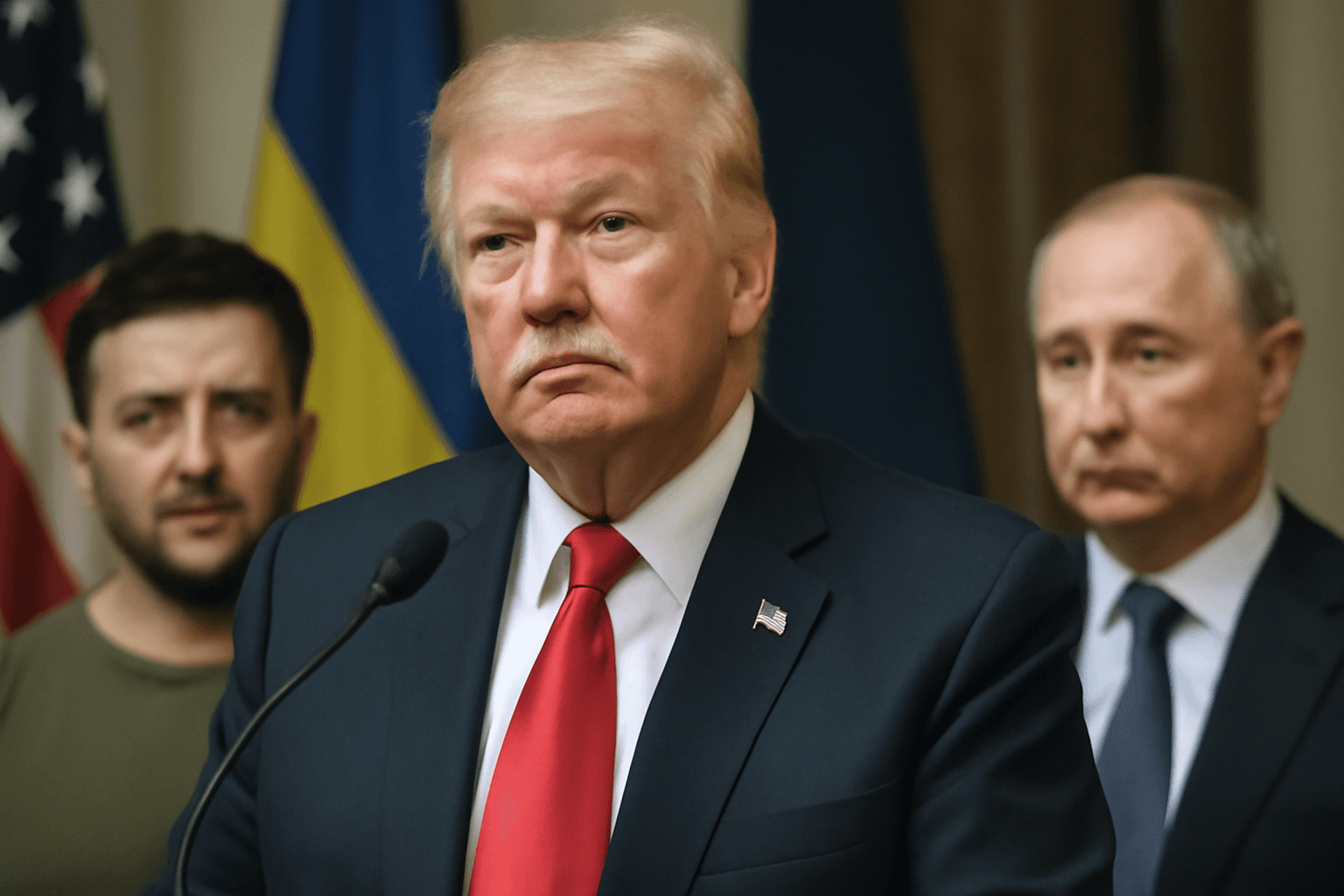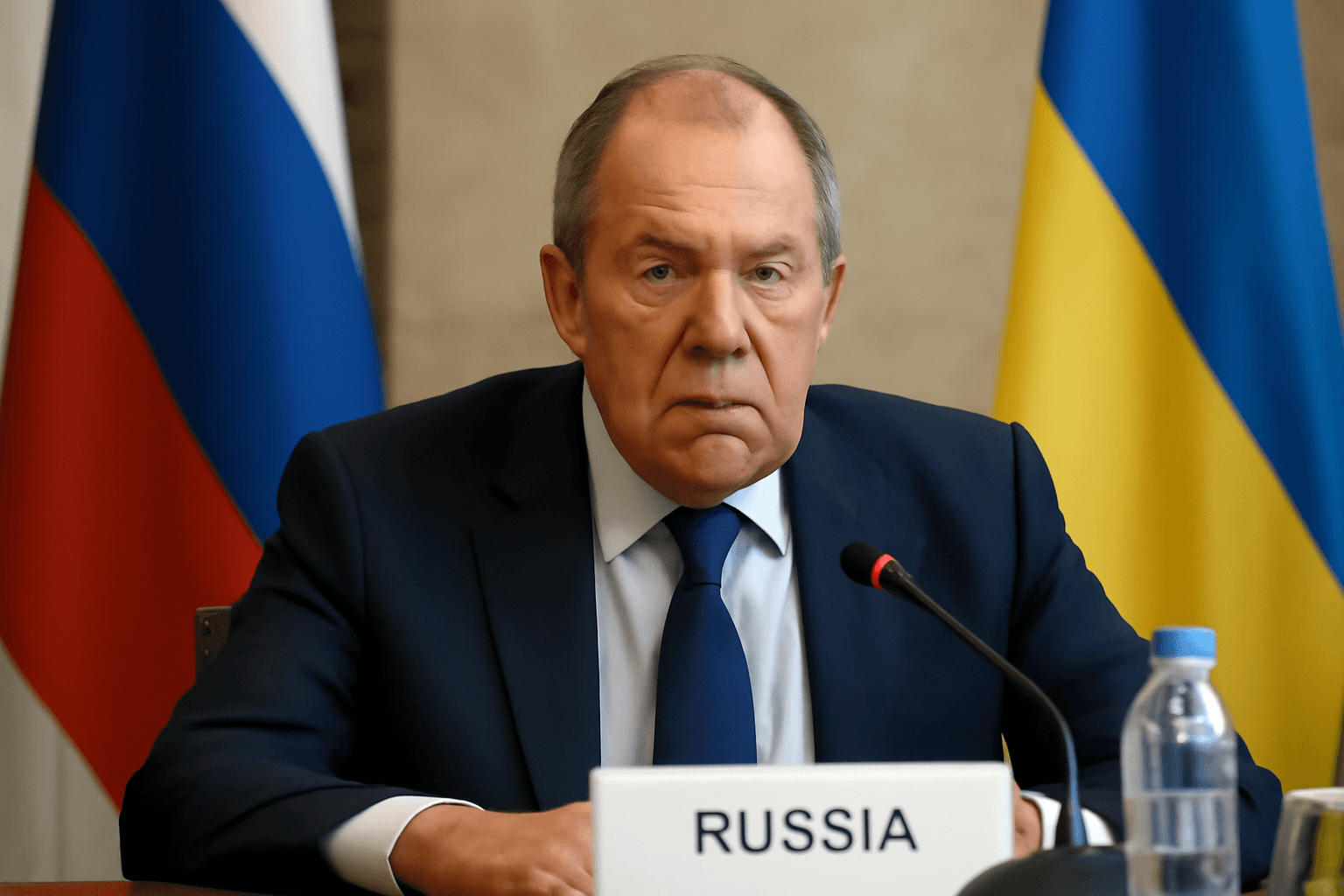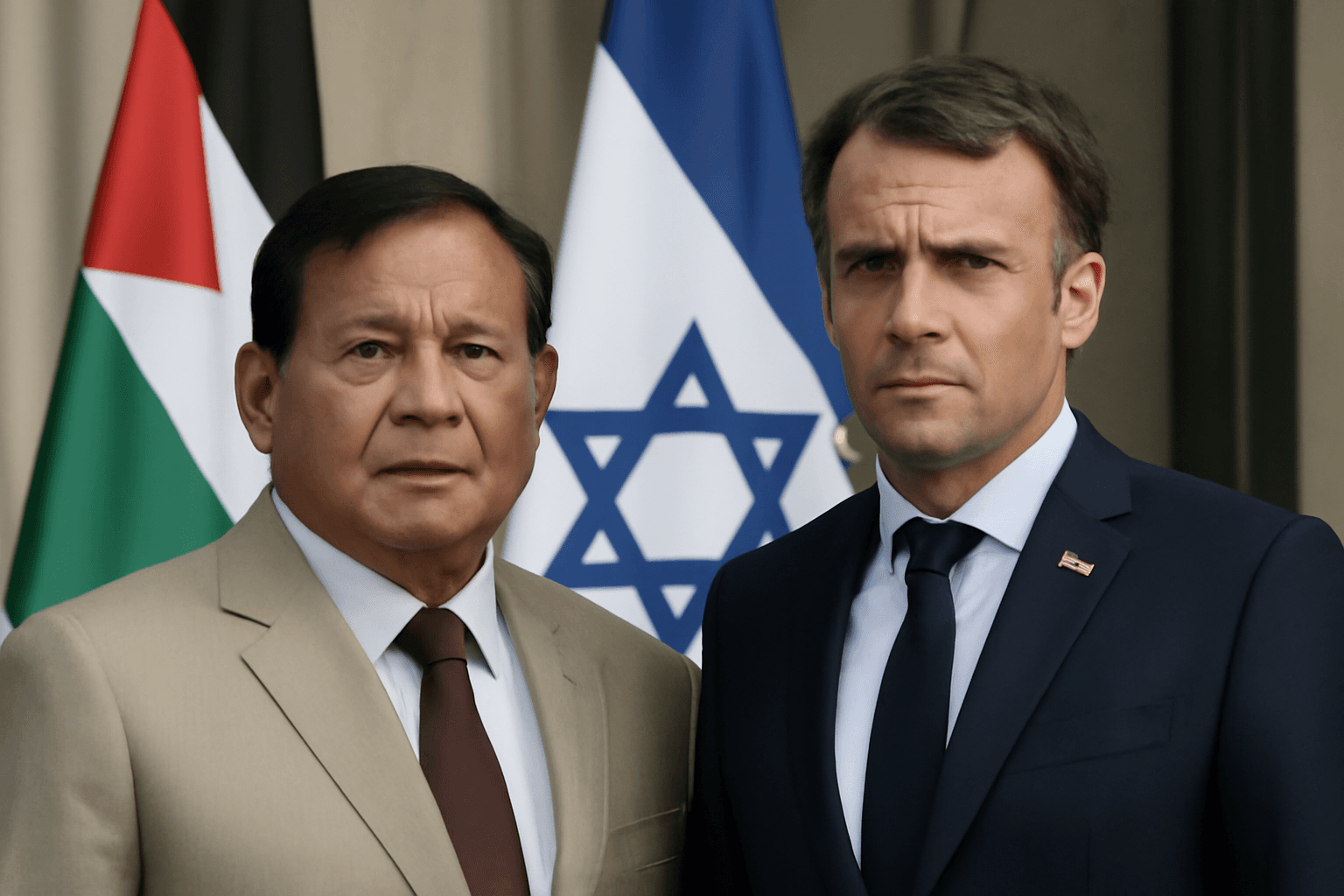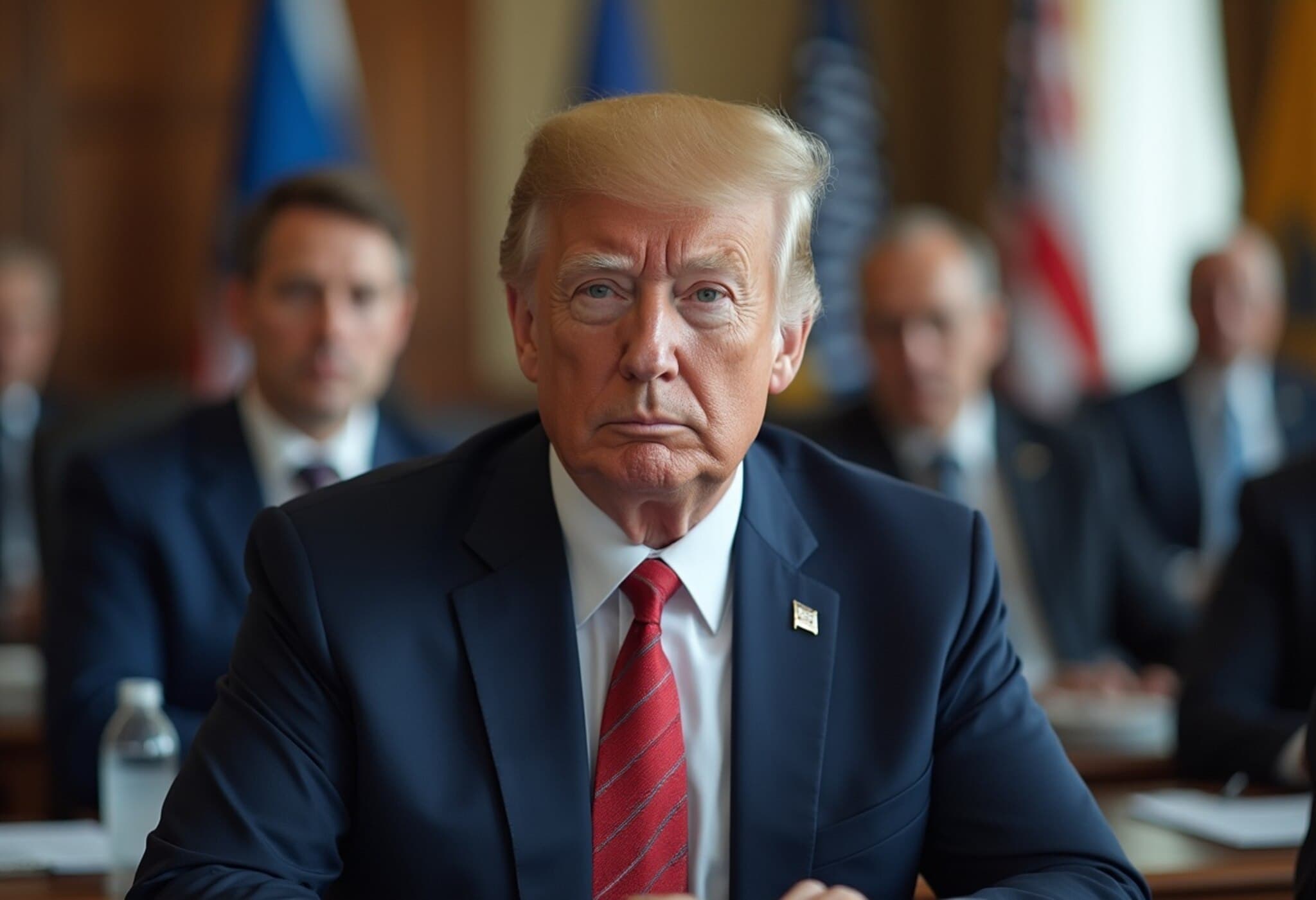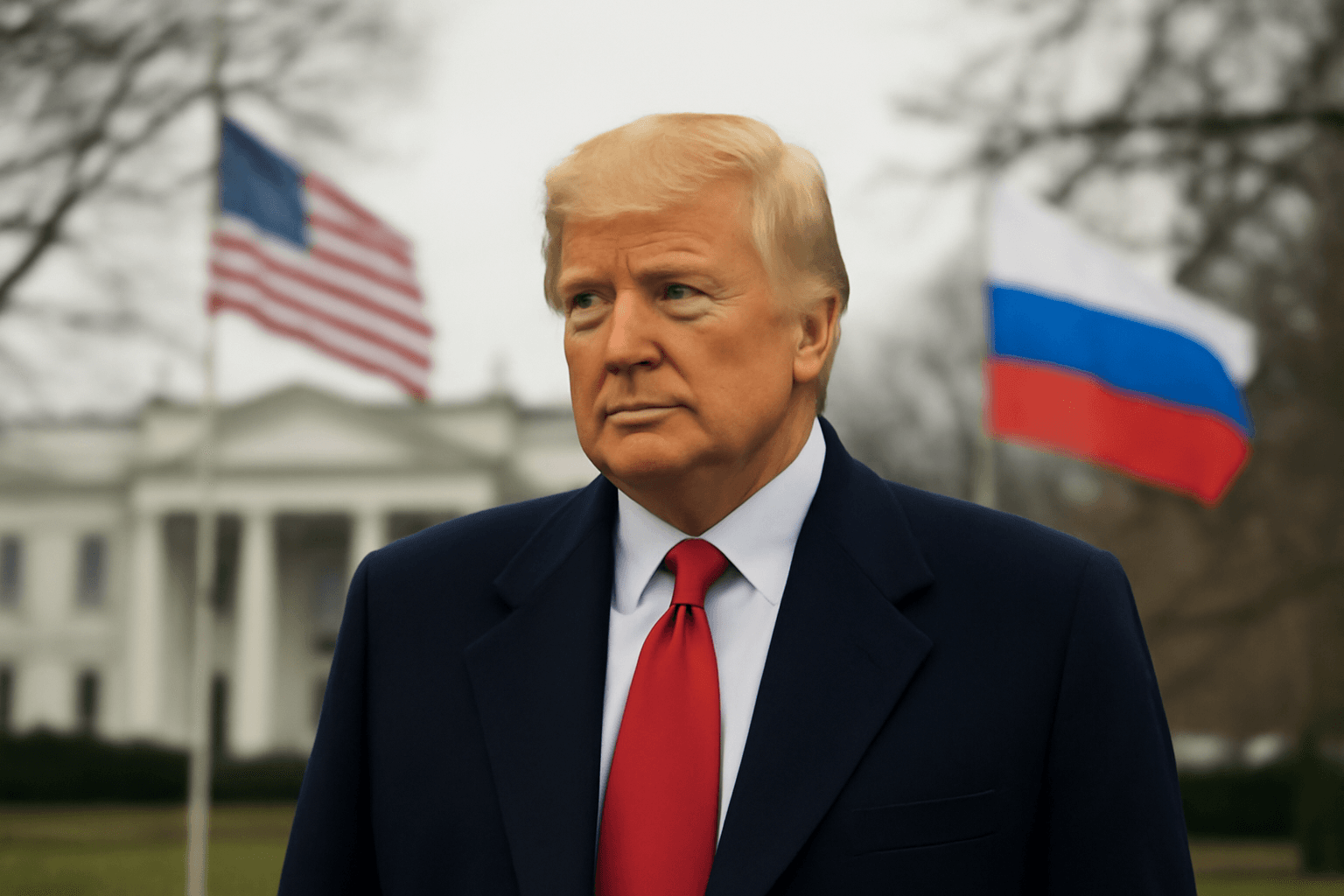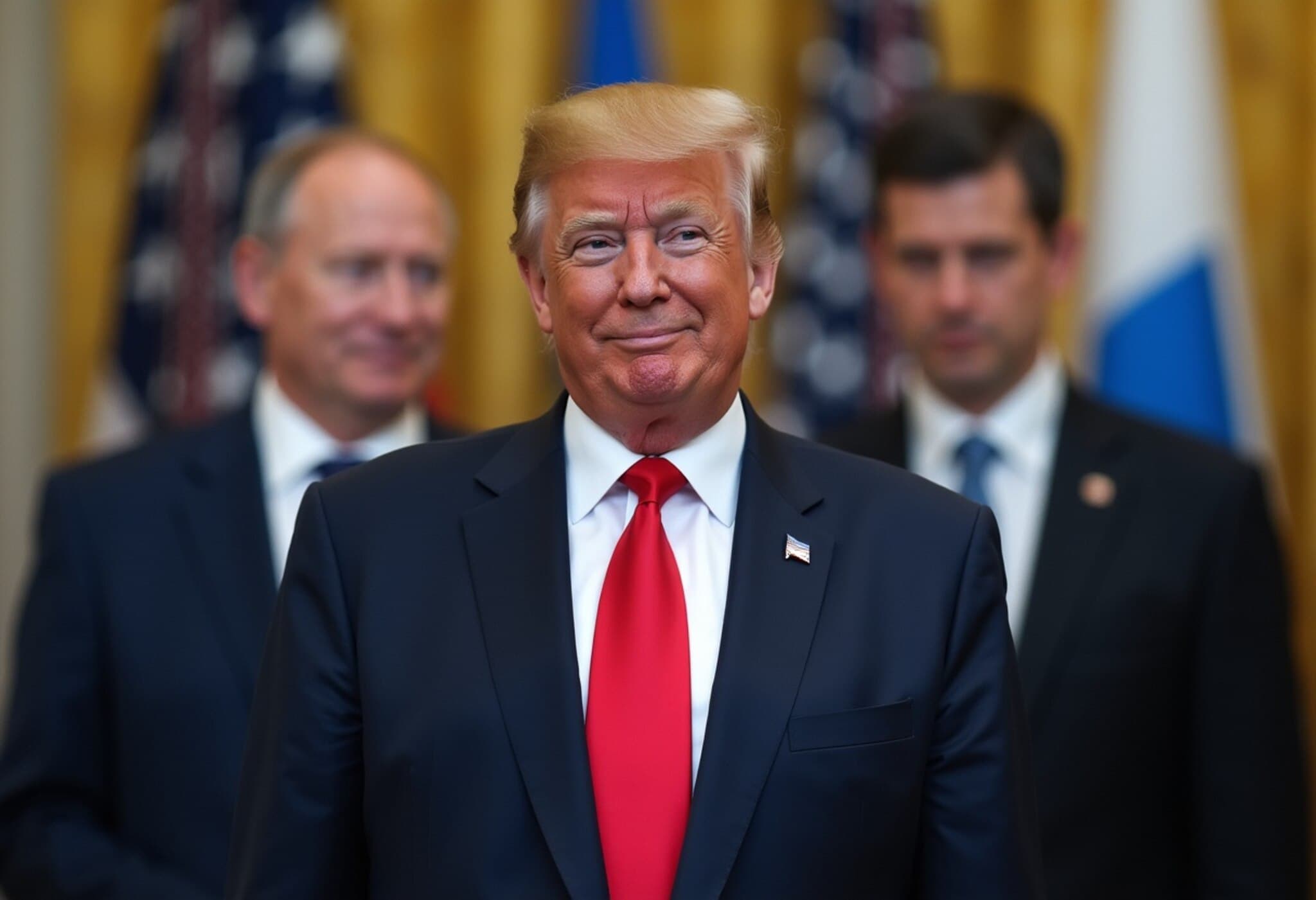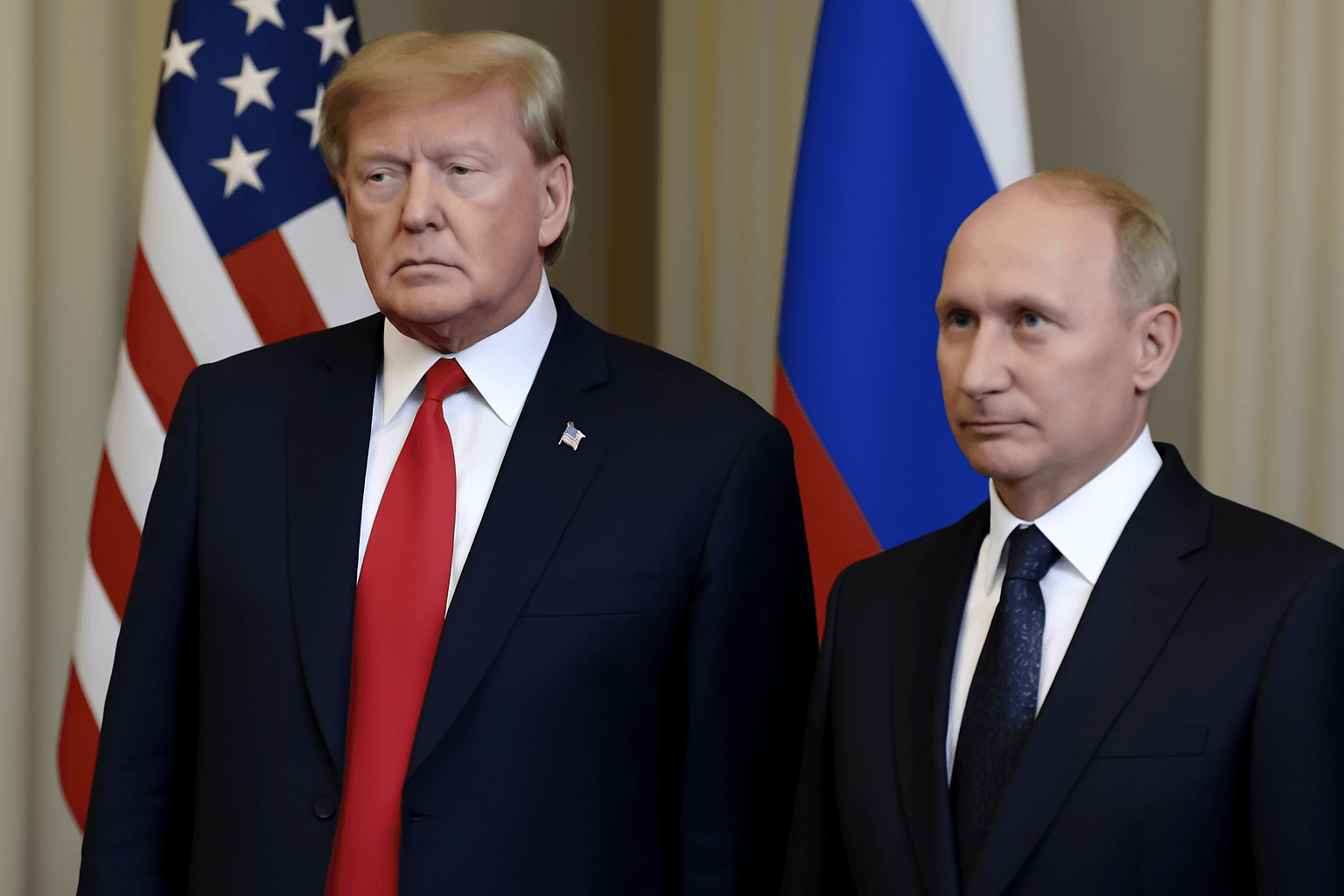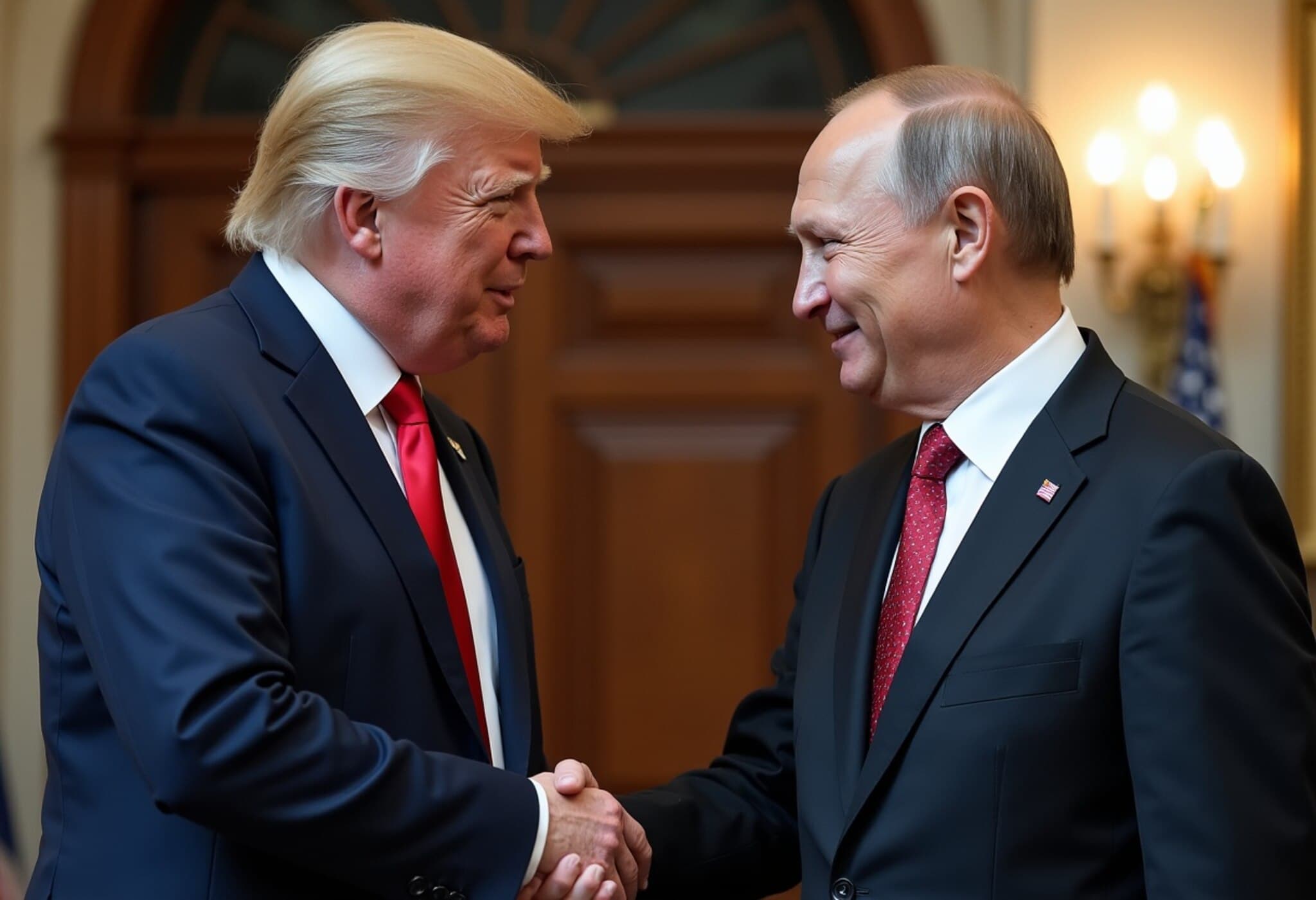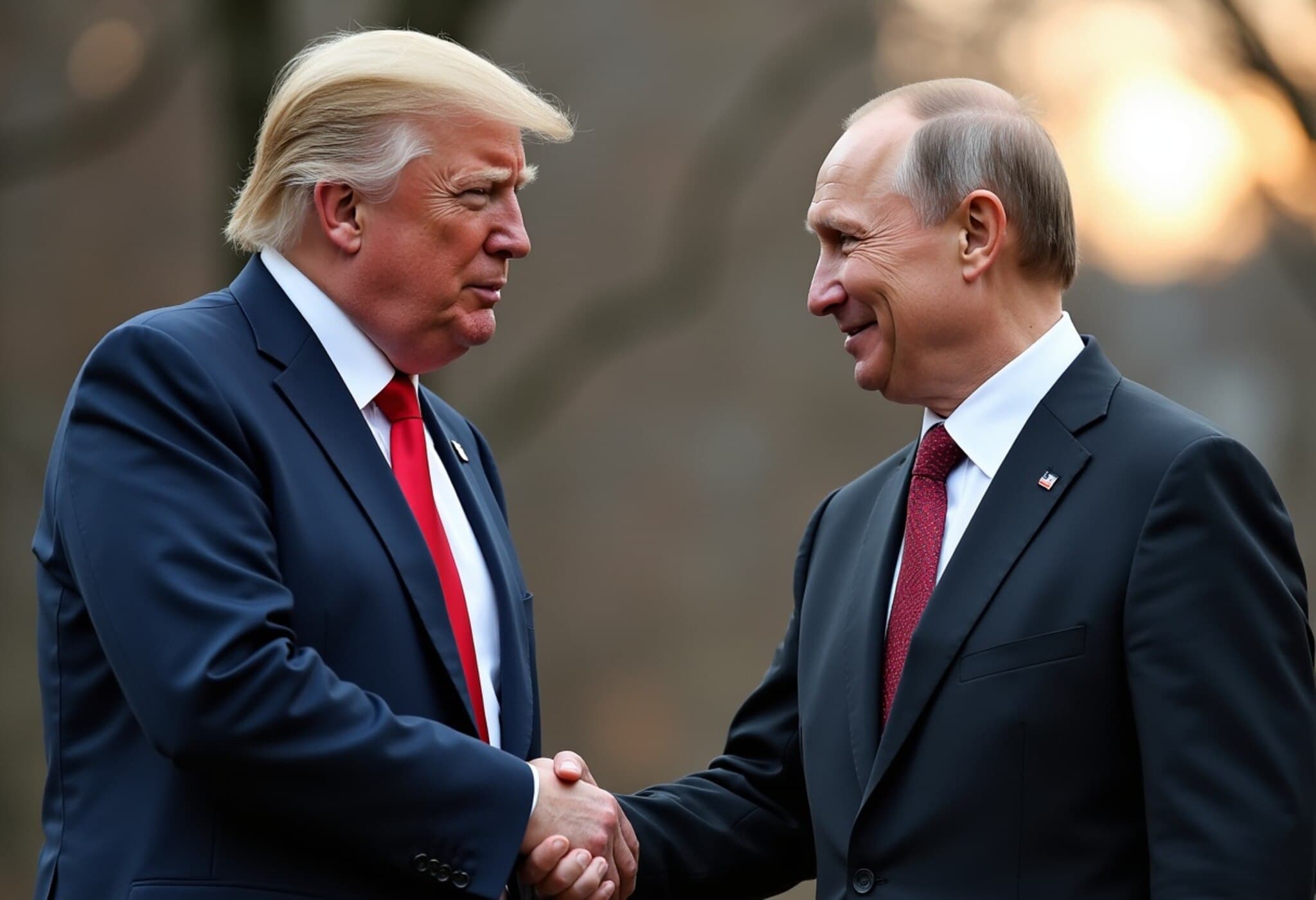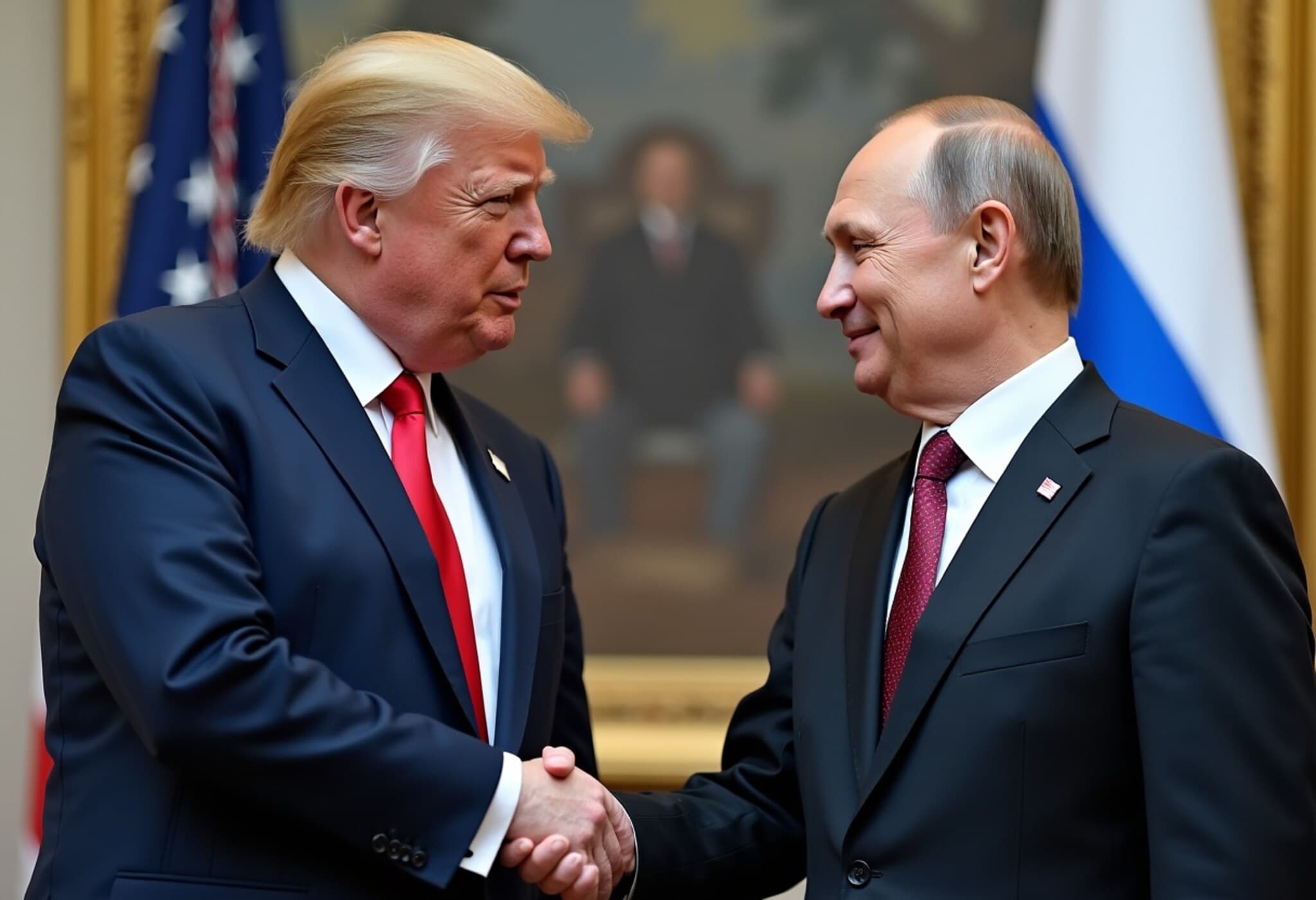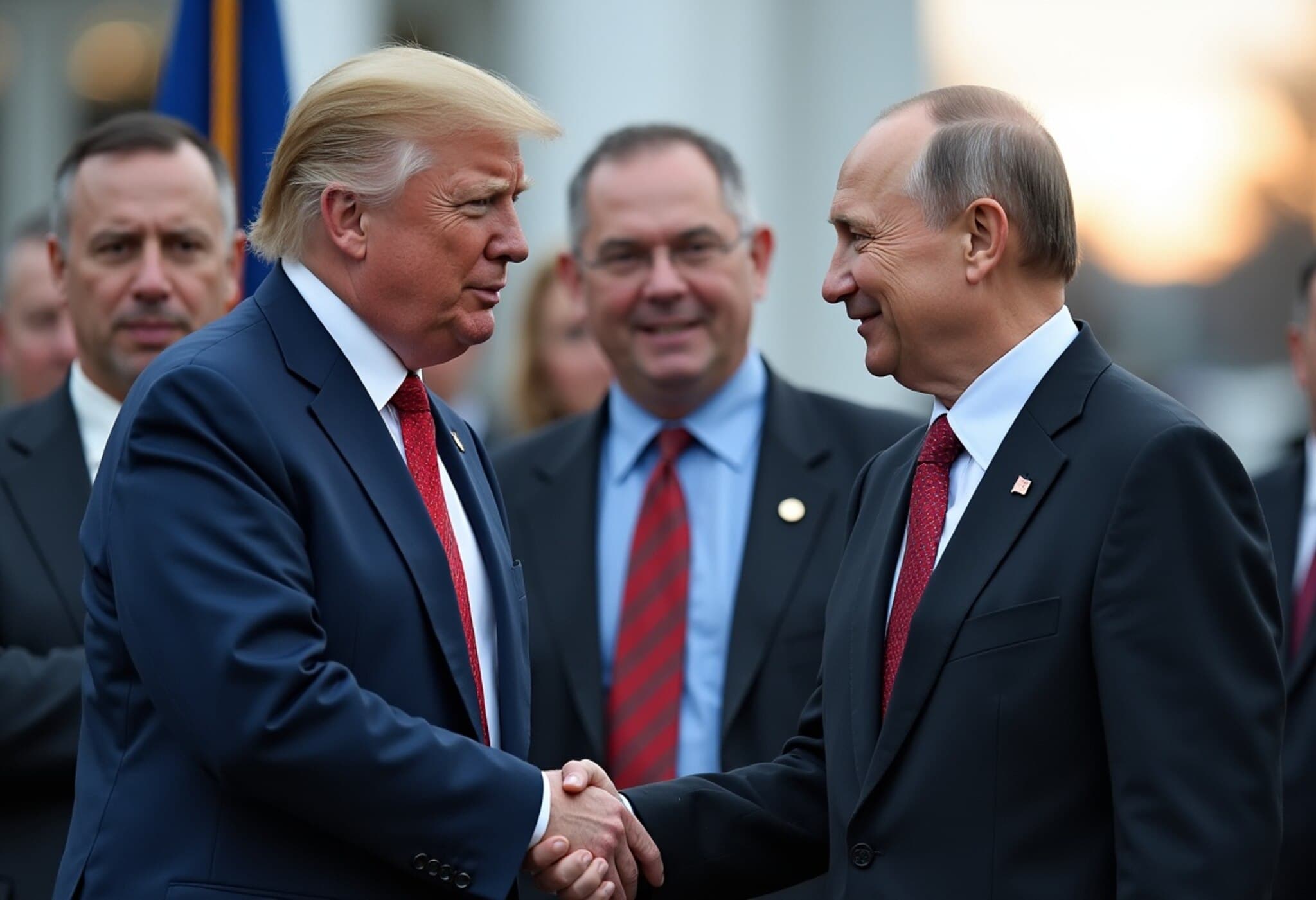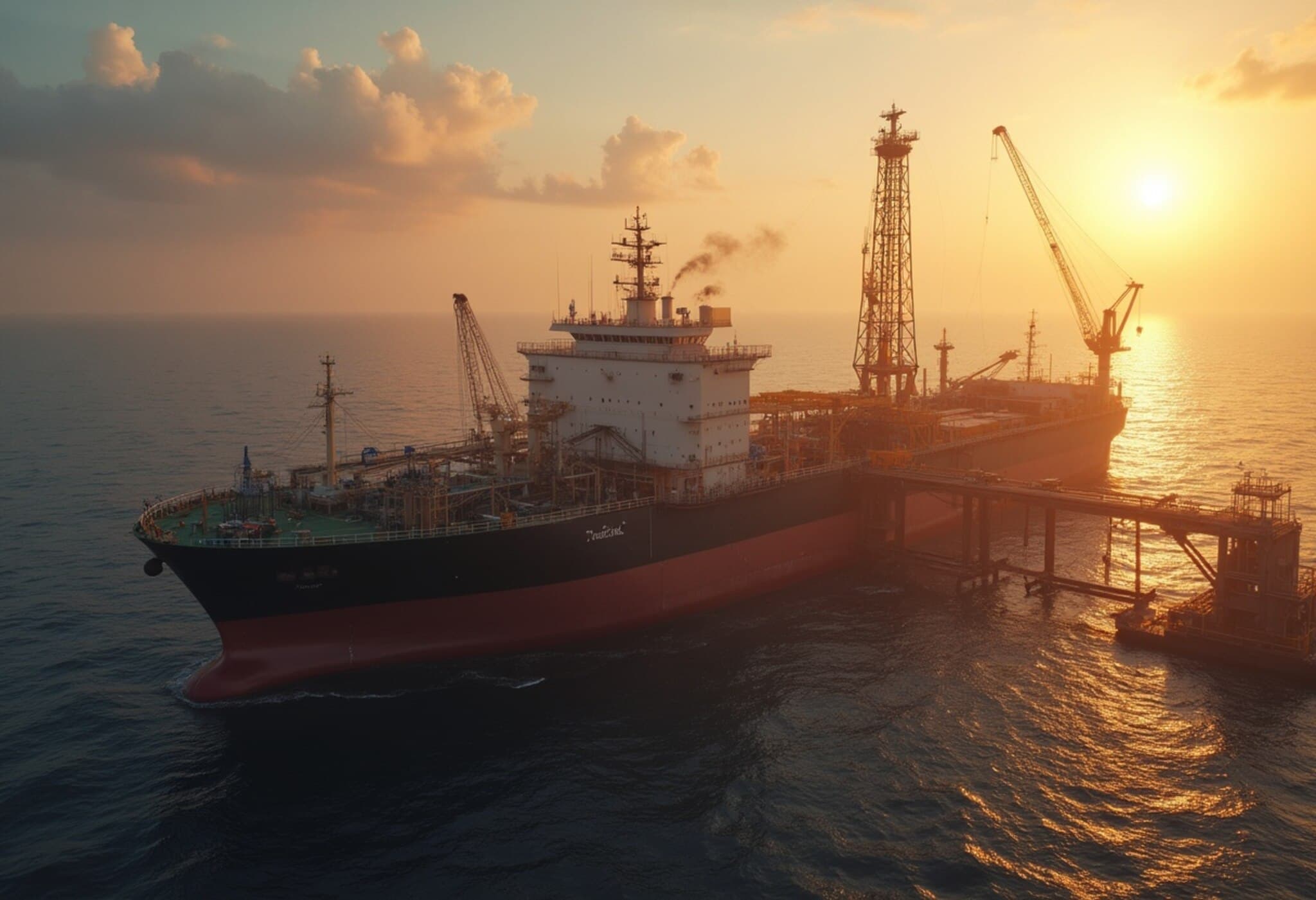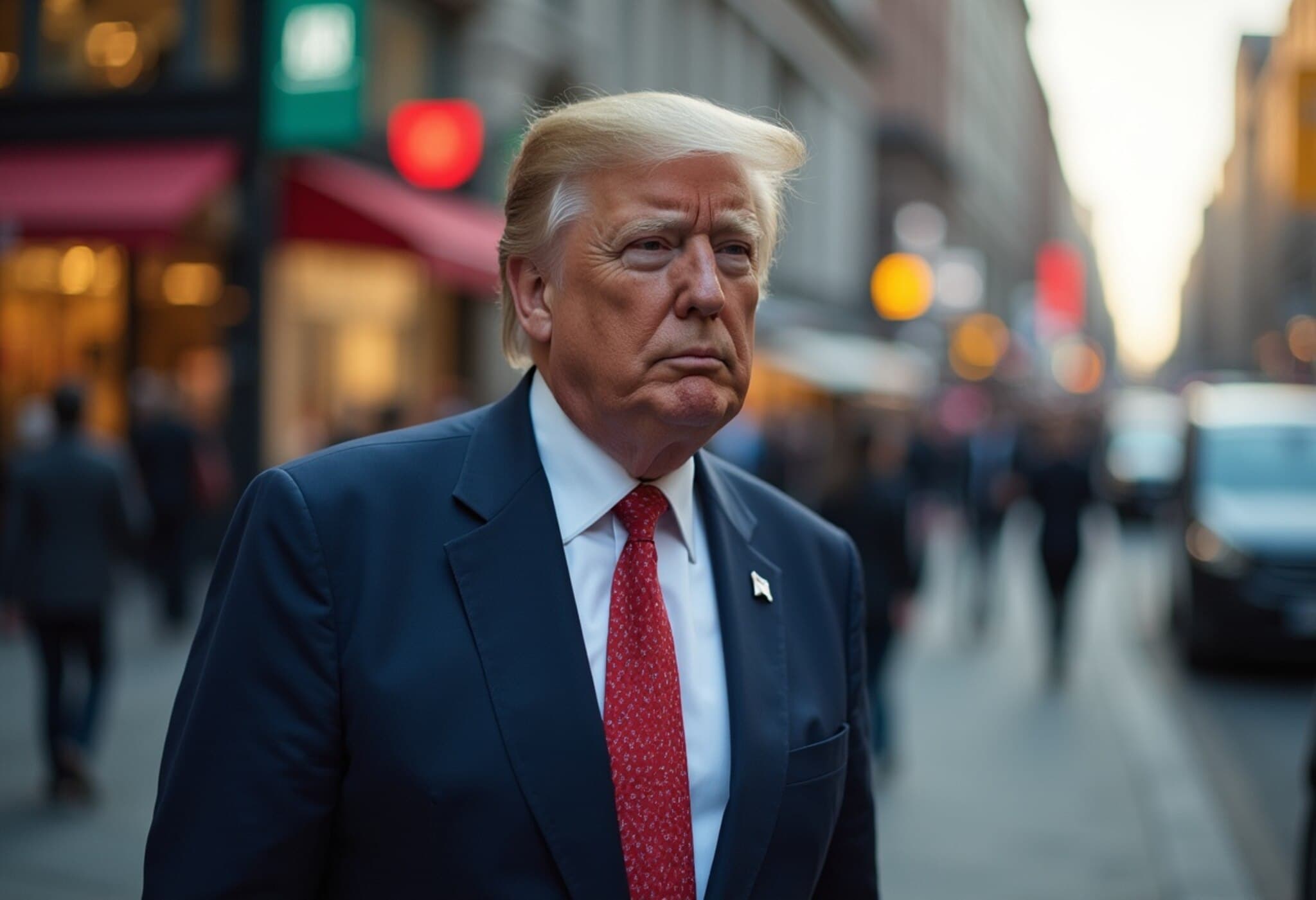Trump to Engage in Crucial Virtual Talks with European Allies Prior to Alaska Summit
As the highly anticipated US-Russia summit in Alaska approaches, President Donald Trump is set to participate in virtual discussions with key European leaders. This unprecedented meeting aims to unify Western stance before Trump’s face-to-face interaction with Russian President Vladimir Putin. The dialogue will notably include Ukrainian President Volodymyr Zelenskyy, highlighting the stakes of ongoing tensions in Eastern Europe.
European Leaders Rally to Influence US-Russia Negotiations
German Chancellor Friedrich Merz has orchestrated these virtual calls to emphasize a collective European position. The urgency reflects deep concerns across Europe regarding a potential deal between the US and Russia that might sideline European interests or jeopardize Ukraine’s territorial integrity.
Participants in the call will include prominent figures such as Zelenskyy, British Prime Minister Sir Keir Starmer, French President Emmanuel Macron, Italian Prime Minister Giorgia Meloni, Polish Prime Minister Donald Tusk, Finnish President Sauli Niinistö, NATO Secretary General Jens Stoltenberg, and European Commission President Ursula von der Leyen. On the US side, Vice President JD Vance will join alongside Trump, underscoring the high-level importance of this conversation.
Balancing Territorial Sovereignty and Security Concerns
The core of these discussions revolves around preventing any unilateral US-Russian peace agreement that could disregard European voices or Ukraine's sovereignty. European leaders and Zelenskyy are expected to advocate strongly for a full ceasefire as a precondition for any negotiation. There is clear skepticism rooted in history — notably referencing Trump’s 2018 Helsinki summit encounter with Putin — about the possibility of Russia influencing US policy in ways detrimental to Ukraine's interests.
Chancellor Merz pointedly remarked that “Putin only acts under pressure,” signaling that Europe seeks to leverage this moment to push for punitive actions against Russia should peace efforts falter. From Brussels to Warsaw, officials fear a hasty agreement could normalize Russian control over occupied Ukrainian territories, thereby undermining decades of international law and post-Cold War stability.
Underreported Challenges and Critical Perspectives
While mainstream coverage focuses on high-profile leaders, an underexplored narrative is the internal European political balancing act. Countries like Poland and the Baltic states have acute security concerns that differ from Western European priorities. This divergence complicates forming a unanimously acceptable position to present to Trump and Putin.
Moreover, the presence of Vice President JD Vance signals Washington’s intention to approach these talks with considerable diplomatic weight. However, it also draws attention to internal US political dynamics and how they intersect with foreign policy, especially as Trump seeks to rehabilitate his international image amid criticism over his perceived closeness to Moscow.
Expert Insights: What’s at Stake?
- Ceasefire Conditions: Experts stress that peace without a comprehensive ceasefire risks entrenching conflict zones and delaying a sustainable resolution.
- Territorial Integrity: Recognition of any Russian-occupied area remains a red line for European nations pledged to uphold Ukraine’s sovereignty.
- Security Guarantees: Potential deals must address long-term security frameworks to prevent future aggression, involving NATO and EU stakeholders.
As British Prime Minister Starmer astutely warned, “Any ceasefire cannot be an opportunity for President Putin to go away and re-arm.” This echoes broader fears that a premature deal could solidify Russia’s strategic gains while negating Ukrainian and European sacrifices.
Looking Ahead: What This Means for International Diplomacy
The upcoming Alaska summit and these preparatory talks highlight the complexity of 21st-century diplomacy where multilateral alliances confront autocratic impulses. The European bloc’s insistence on being a part of any peace architecture reflects lessons learned from previous unilateral engagements which lacked broader consensus.
For the United States, navigating these virtual meetings and the summit itself presents an intricate challenge: asserting leadership while recognizing European concerns and supporting Ukraine’s sovereignty in the face of Russian assertiveness.
Editor’s Note
This virtual meeting represents more than just diplomatic choreography; it underscores the fragility and urgency inherent in resolving one of the most consequential conflicts of our era. Key questions remain: Can the US and Europe present a united front to deter Russian aggression effectively? Will Ukraine’s voice be heard and respected in decisions affecting its future? As these talks evolve, the world watches closely, hoping diplomacy can triumph where conflict has thus far prevailed.


